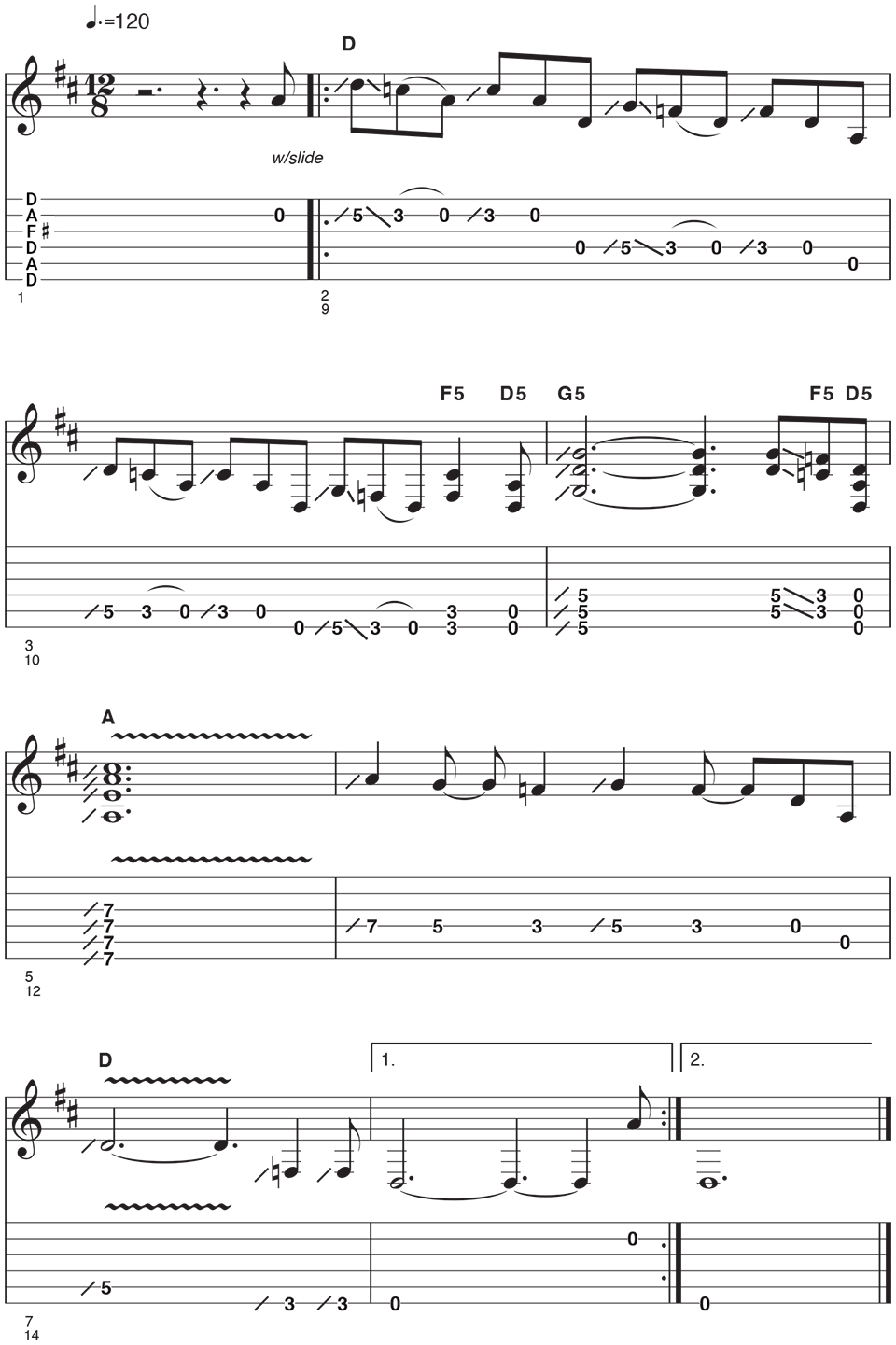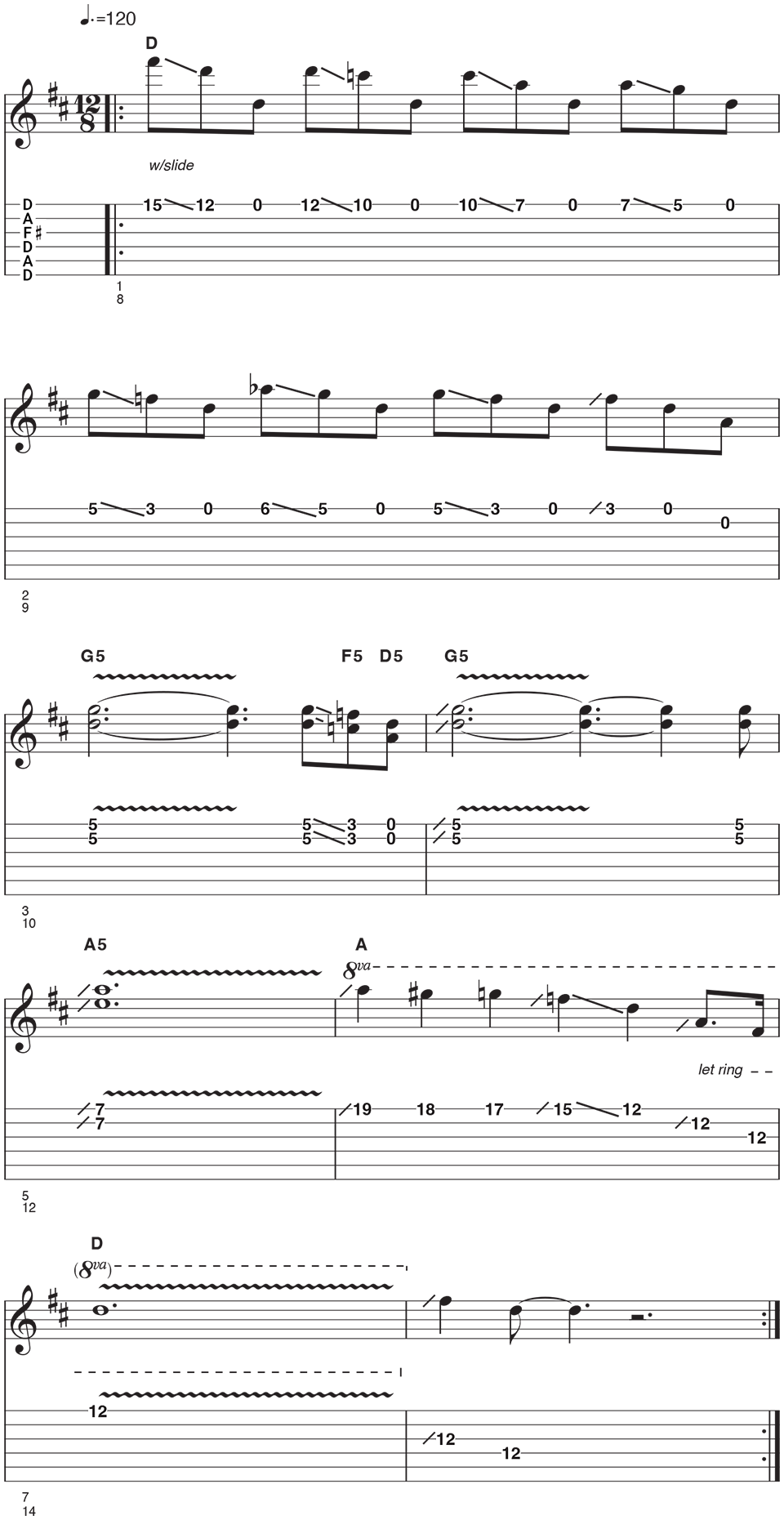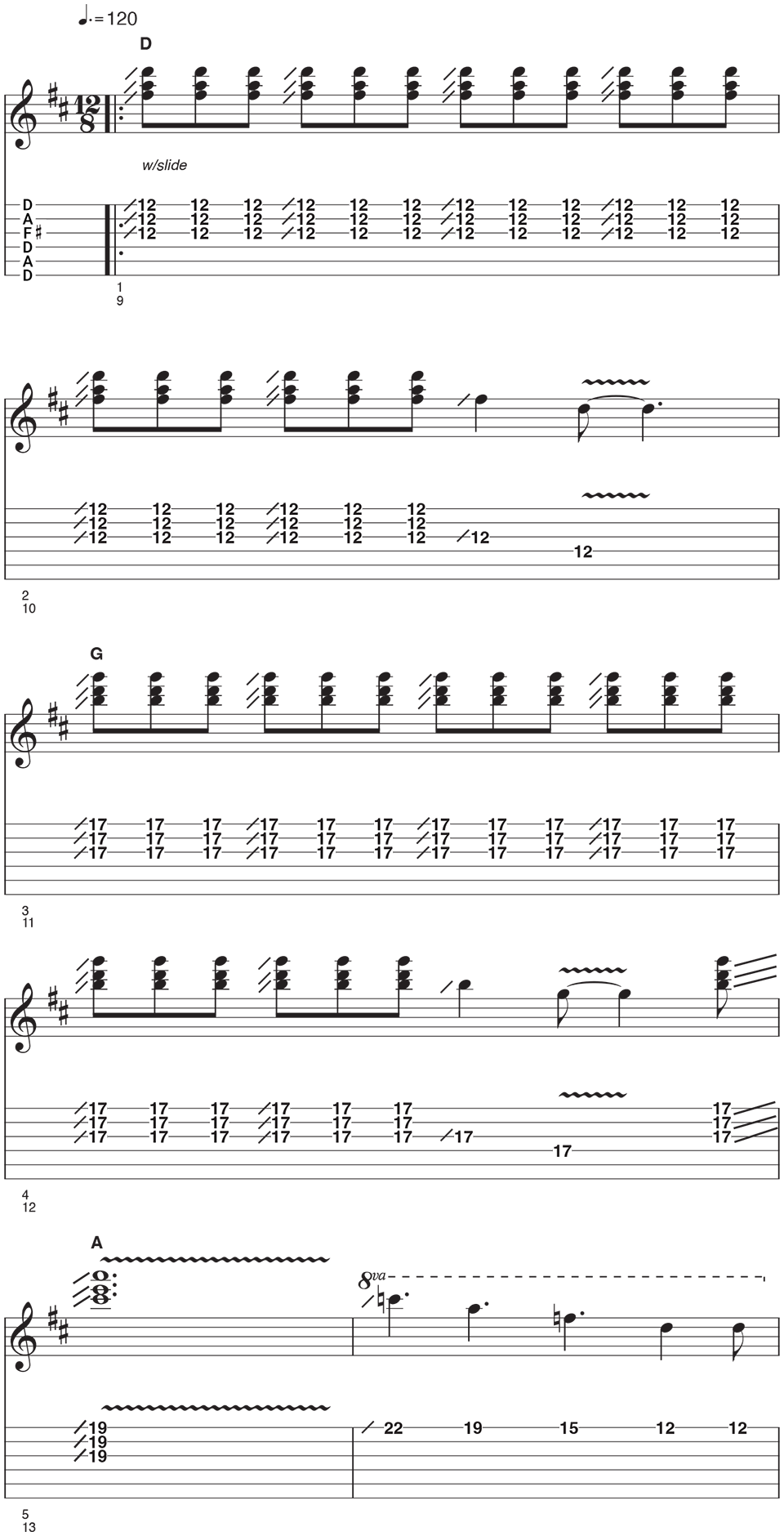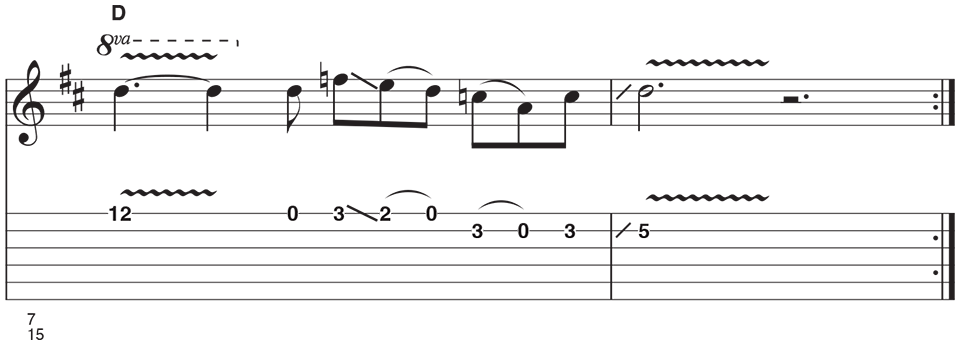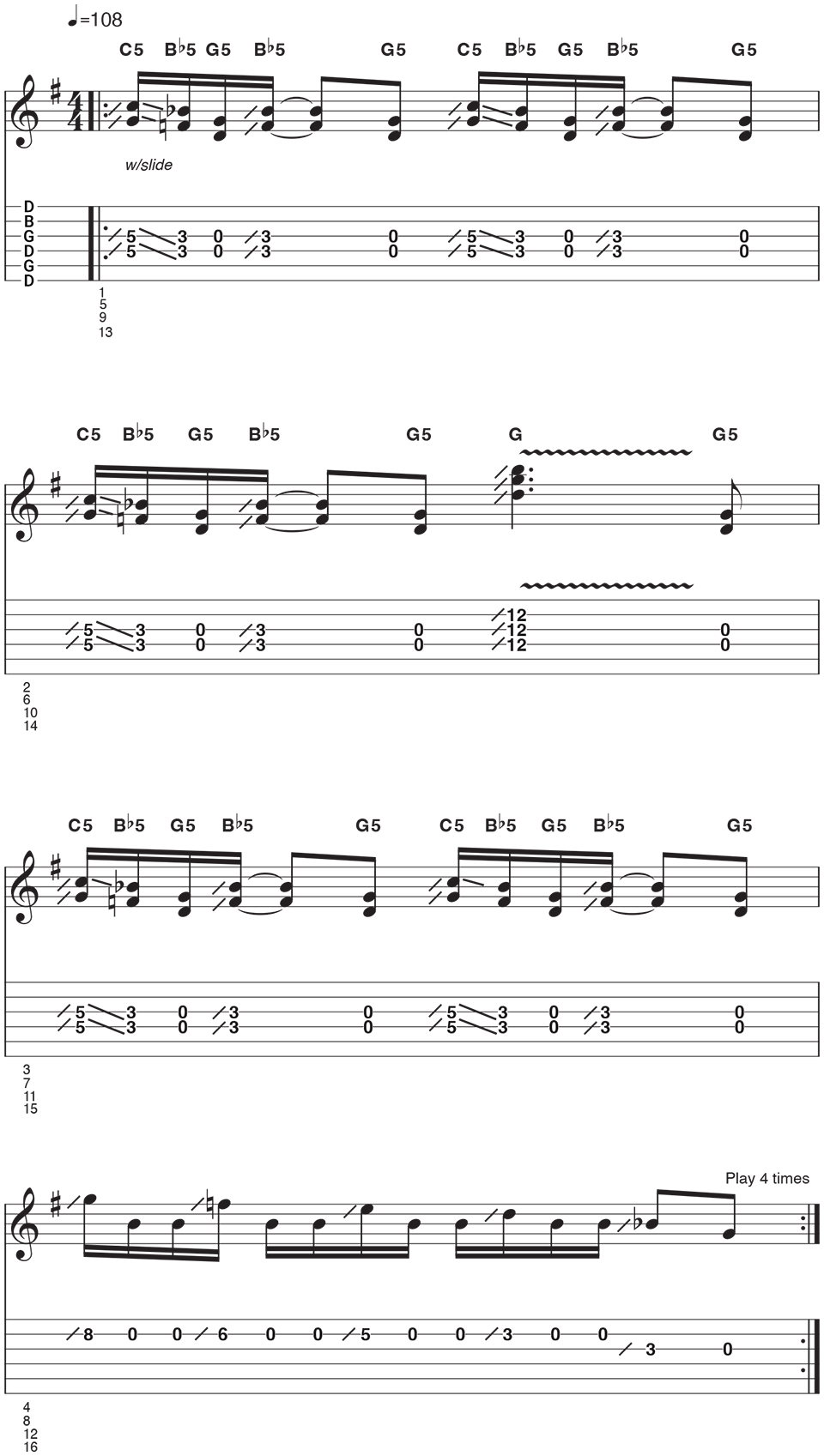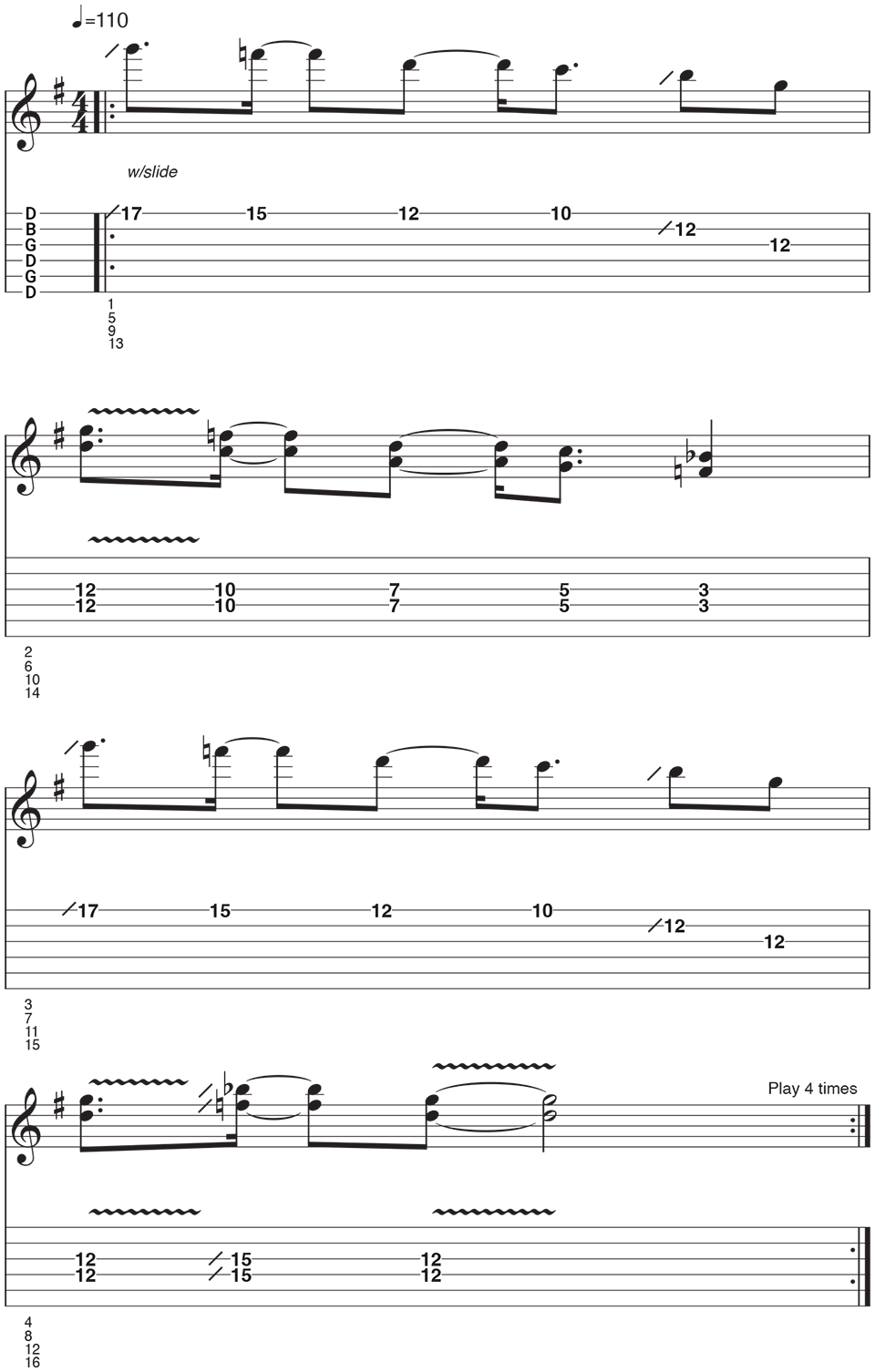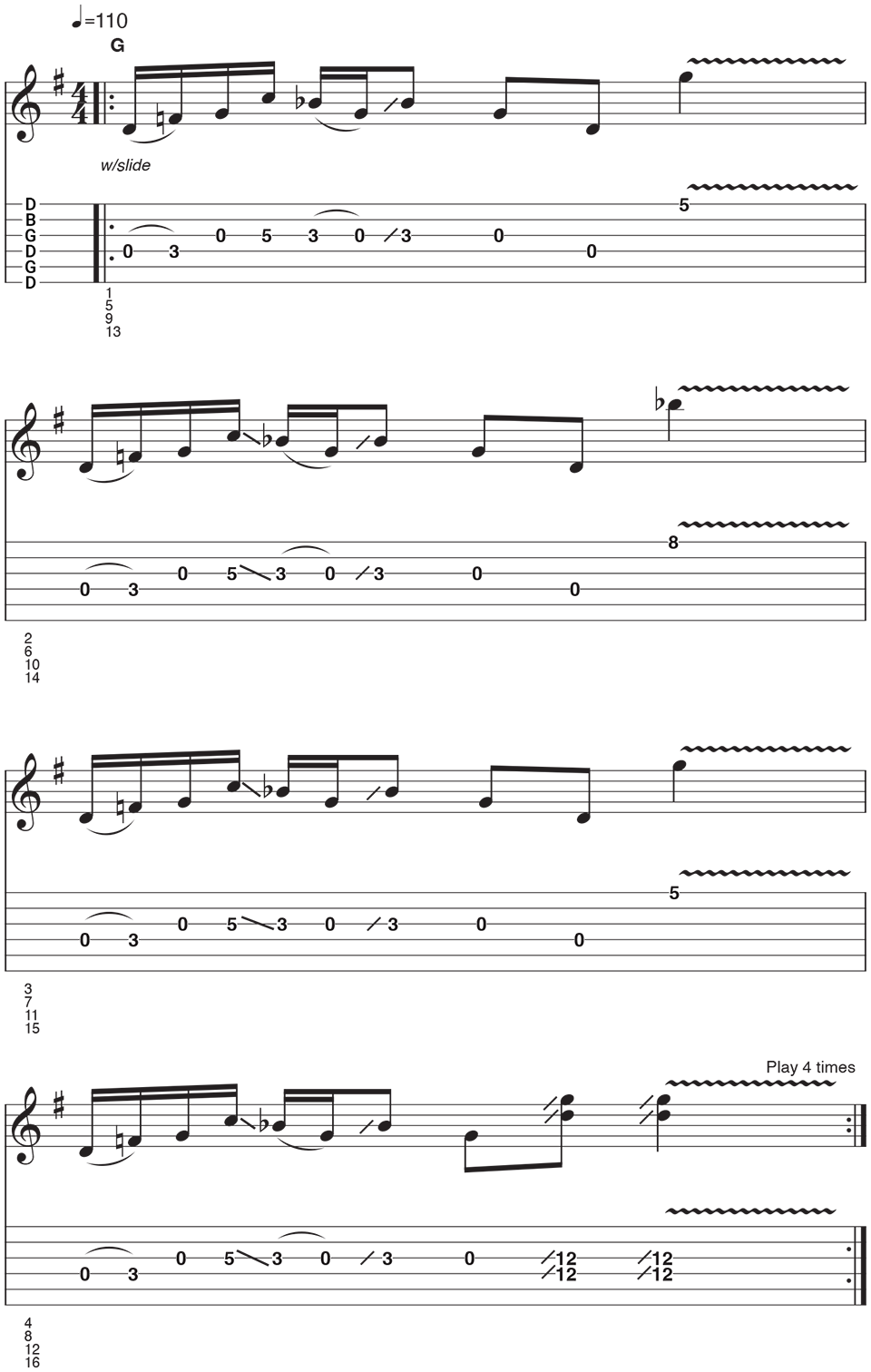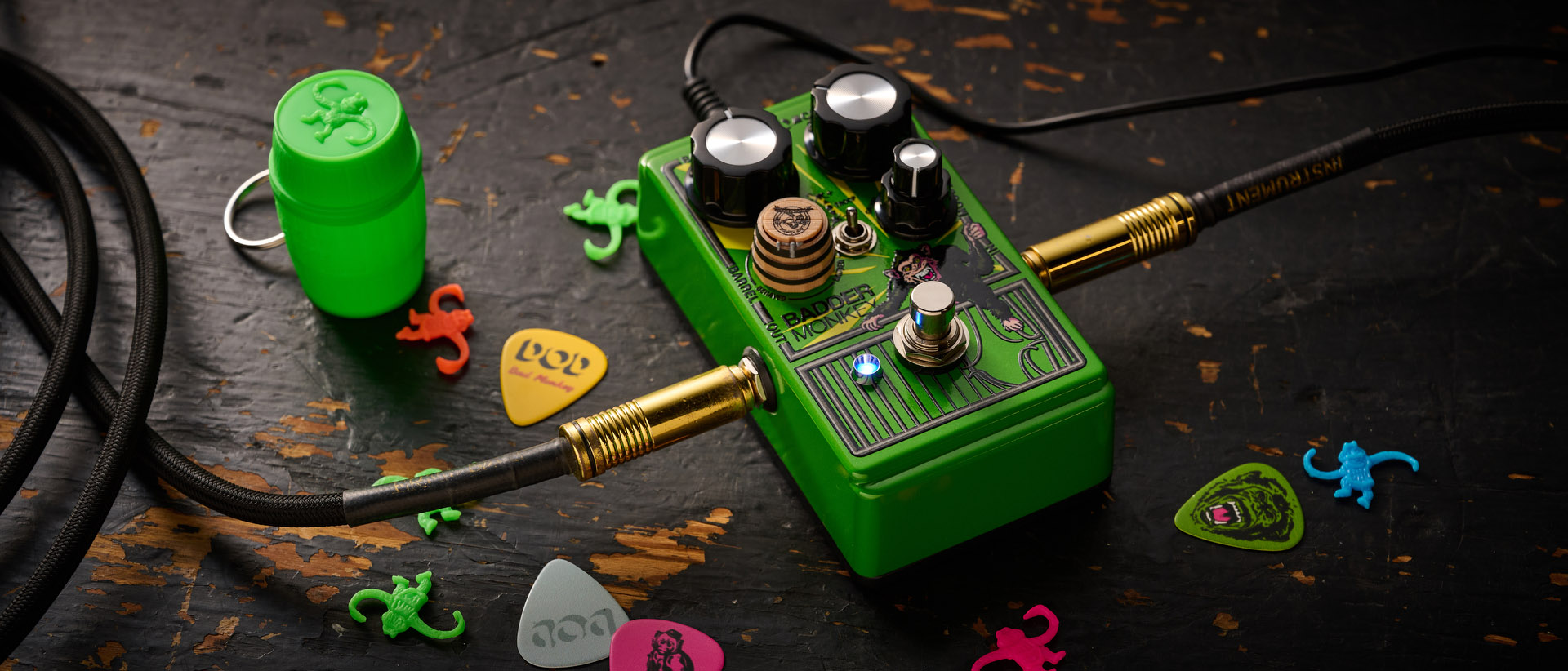She wowed Sonny Landreth and Carlos Santana called her the “future” – Erja Lyytinen shares her 6 go-to slide licks for unlocking more expressive soloing
From choosing your ideal slide to learning how to make your six-string sing, get to grips with everything you need to know about slide guitar – with the help of the Finnish slide master

Erja Lyytinen is one of today’s foremost blues rock guitar players, with an exceptional grasp on expressive slide playing that has left an impression on some of the biggest players in the game. Fellow slide master Sonny Landreth once praised her playing, while Carlos Santana said she “represents the future” when he jammed with her in 2018.
Her most recent album, Smell The Roses, is a stellar example of her guitar prowess, brimming with stunning riffs and lead lines. We recently asked Lyytinen to break down her approach to slide playing and share her six go-to licks and riffs.
Her tone simply involves plugging her guitar straight into the amp. This is set to a medium overdrive, and her guitar's bridge pickup is selected to enhance the biting tone of the slide.
To bring the slide ideas to life Lyytinen uses two classic slide tunings. The first is open D and features in the first three of her examples. The open strings are (low to high) D A D F# A D, just like a big D chord. Open D tuning works great for blues slide as each fret will sound a major chord. The second tuning is open G, which features in the last three of the six examples. The open strings are (low to high) D G D G B D, just like a G major chord.
When it comes to the slide itself, you have many options: brass, steel or glass are the most common materials, with variations available in size and weight. As choices are so broad, you want to get the size right to suit the slide finger you use (more on that soon).
As for weight, a heavy slide will make fretting easier as you can just rest it on the string as opposed to leaning in too hard. Just bear in mind, you don't want your finger too fatigued from an overly heavy slide. Brass also tends to have a warmer tone than glass.
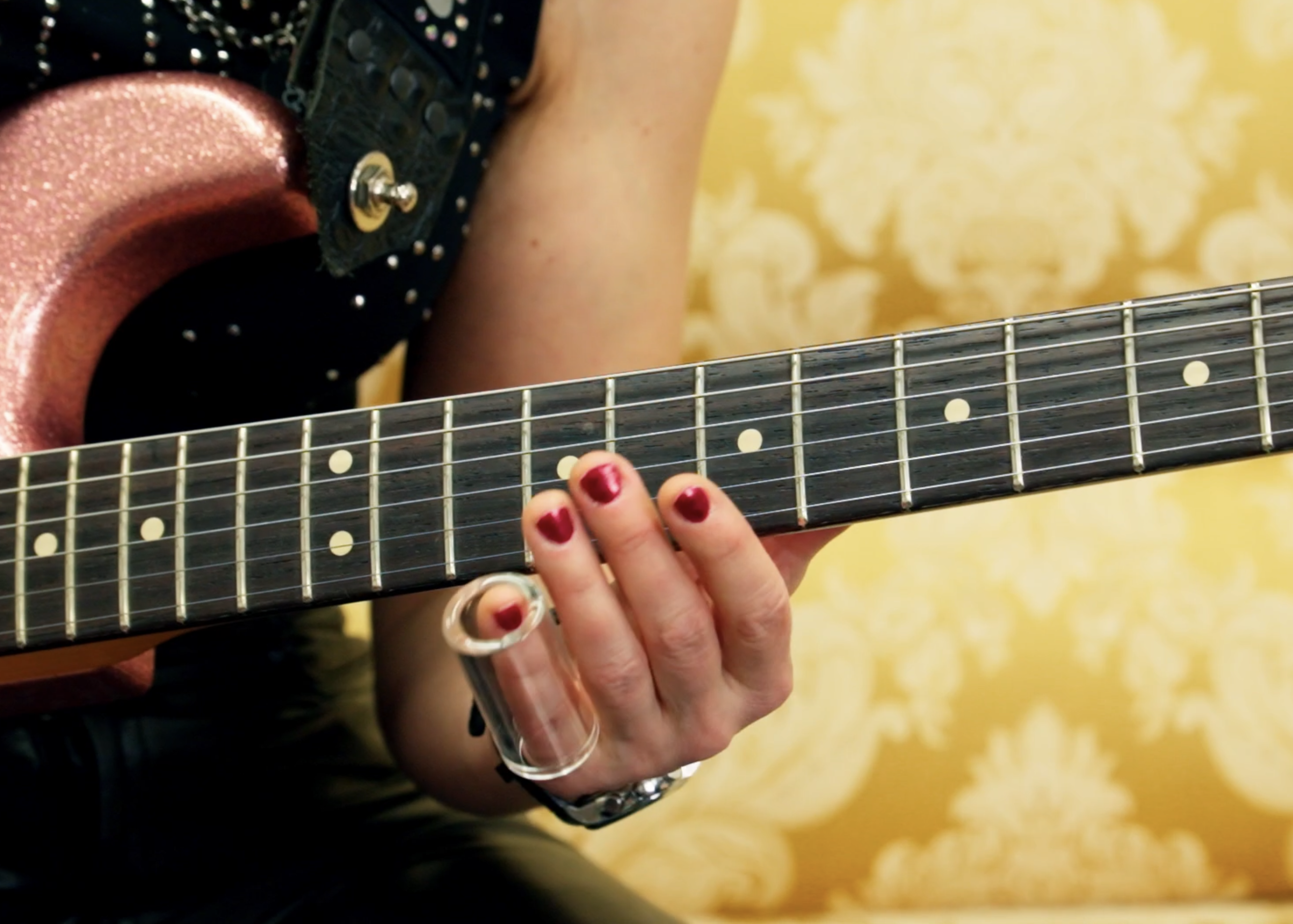
The guitar's set up is also important. Using heavier strings and a medium action (2mm distance between the sixth string and the fretboard at the 12th fret) provides more resistance for the slide, and you'll reduce the amount of times you accidentally knock against the fretwire.
All the latest guitar news, interviews, lessons, reviews, deals and more, direct to your inbox!
These are all aspects you want to consider. As for Lyytinen, her preference is a medium action and a thick glass slide as shown in the picture above.
When playing slide, your first choice is what finger to put the slide on. This is a personal preference and it varies between guitarists. Lyytinen and Sonny Landreth use their fourth fingers and Derek Trucks uses his third finger, while Brett Garsed uses his second finger, like Jeff Beck and Bonnie Raitt.
Finger choice sorted, you want to establish good contact between the slide and the string. If too little pressure is applied, the string will rattle and buzz against the slide, too much and the slide will knock against the frets.
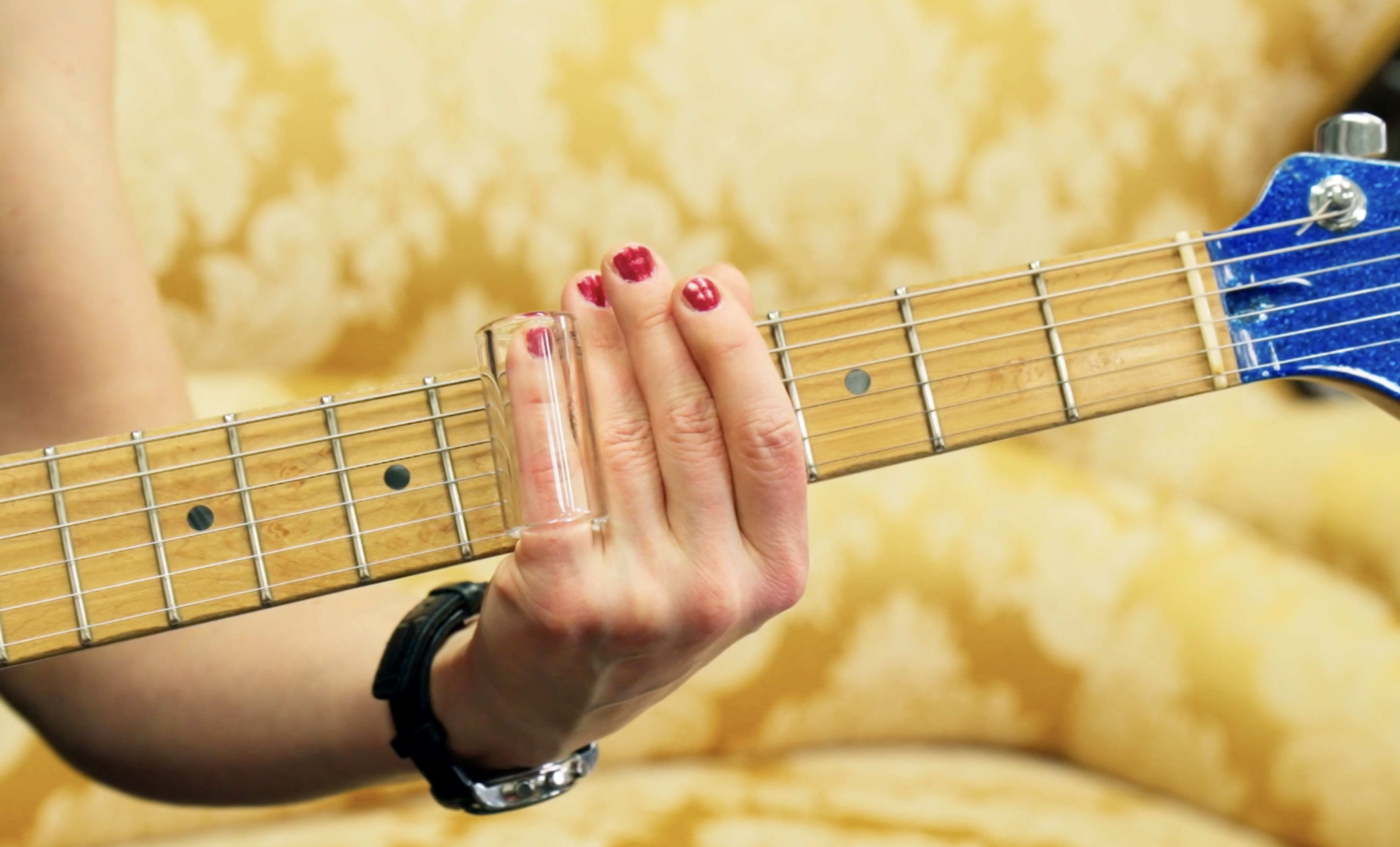
As for placement of the slide, aim to be directly above the actual fretwire, not behind the fret as with conventional playing. This is because fretting above the fretwire allows all your notes to be in tune. See the photos above and below of Erja playing both low and high on the fretboard.

Along with all these aspects, you also want to be mindful of reducing string noise. Lyytinen's outstanding control involves placing the slide on her fourth finger with the first, second and third fingers behind to lightly mute the strings.
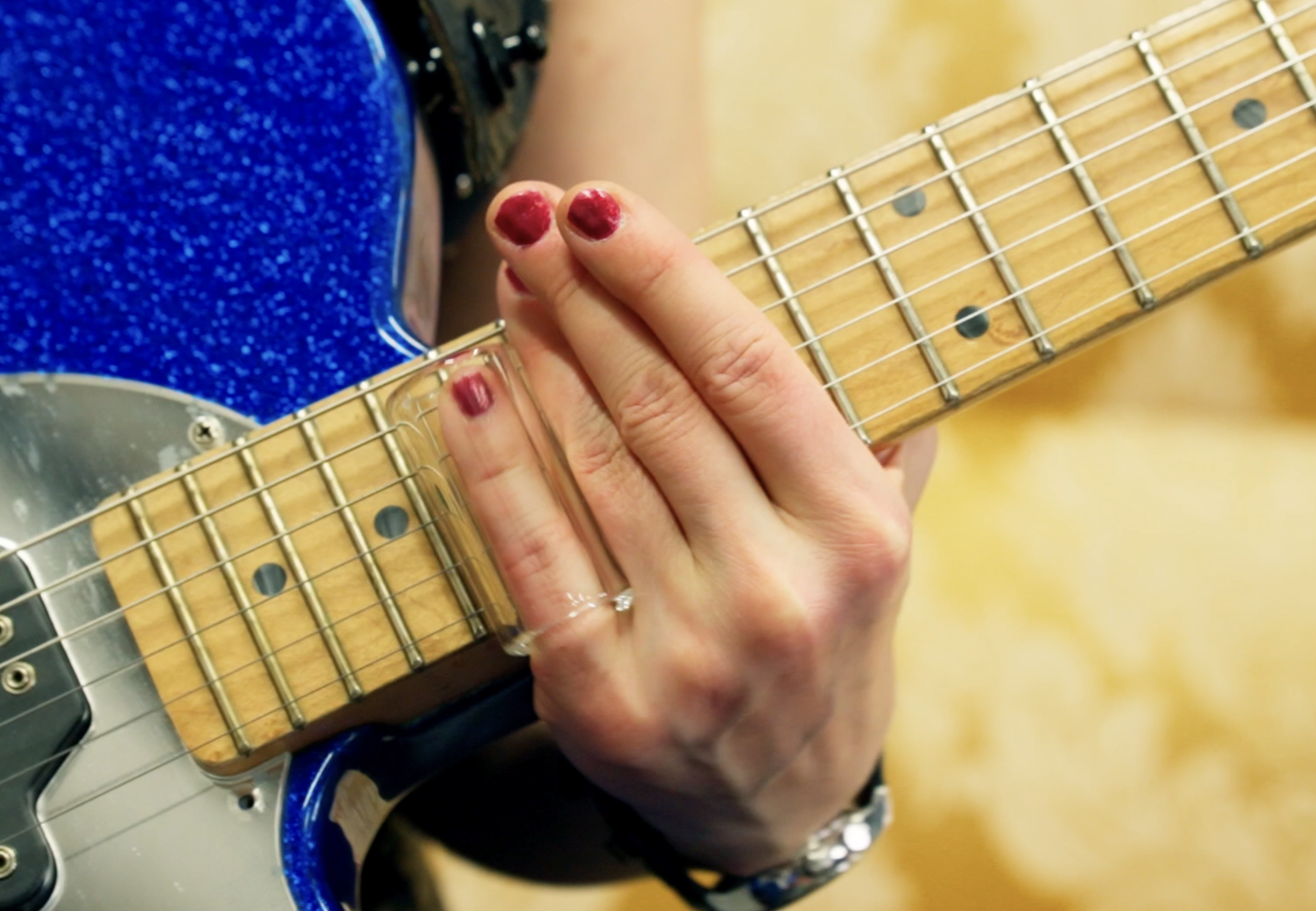
As for expression in your playing, sliding into and out of notes is great, just like a vocalist reaching up for a high note or dropping away from a low note for a blues-y vibe. You will see this in a lot of Lyytinen's slide playing during the video.
Then there's vibrato, which is achieved by moving the slide back and forth along the string, either side of the fretwire. This makes the chosen note or chord slightly sharp and then slightly flat, repeatedly. The rate and width of the vibrato can vary a lot and as you become more focused on this, you will develop your own preferences.
For example, Lyytinen will sustain a chord or note for a second or less, then add various amounts of vibrato. This allows her to achieve the correct pitch (directly above the fretwire) and then vocal-like emotion for the sustain's duration.
As you go through this lesson, look to see what you can adopt for your own playing, even if it's a few expressive notes or a new way to start a phrase.

Examples in open D tuning
Example 1. Open string motif (open D tuning)
This first open D tuning (D A D F# A D) example establishes a motif that pulls off to open strings. The slide is used to swoop in and out of fretted notes, using the open strings to provide transition time to get to another string.
Once you have practiced the pattern you can experiment with transferring it to different strings. Due to the open D tuning this structured pattern works well on the second, fourth, fifth and sixth strings.
Example 2. High string sliding (open D tuning)
This example uses the approach of sliding down between two target pitches and then using the open first string as a returning pedal tone. This provides a three note motif that fits nicely into the 12/8 time signature (3 notes in each beat which provides a triplet feel).
This lick starts way up on the 19th fret and moves down the D minor blues scale (D F G Ab AC ). There's a lot of fun to be had with this expressive lead phrase.
Example 3. Evoking Elmore James' slide style (open D tuning)
This evokes the style of slide blues legend Elmore James due to the classic sounding bottleneck chords high up the fretboard. Using the bluesy I IV V chords in D (D, G and A), Erja's playing focuses on the 12th, 17th and 19th frets. To add an authentic blues style delivery, any of these chords can be approached from below and slid into.
Examples in open G tuning
Example 4. Repetitive doublestop riffing (open G tuning)
Swapping to open G tuning (D G D G B D), this example features a doublestop repeating lick on the middle two strings, using open strings and sliding in and out notes.
The open string lick at the end features a quick dab of the slide at the required fret (referred to by Erja as slide tapping). The open second string (B) functions as an effective pedal tone.
Example 5. Question and answer phrasing (open G tuning)
This open G example uses classic blues-style question and answer phrasing. First, a descending melody is played on the first string. This is then answered with a double stop phrase played further down the fretboard. Arranging guitar parts in this way creates form and good phrasing, regardless of genre or guitar tone.
Example 6. Repetitive riff with finalising high notes (open G tuning)
This final lick combines hammer-ons and pull-offs with the slide to create a great ear catching motif. Erja enjoys repeating riffs and this provides melodic shape for the listener to engage with. The final high note of each repetition is well considered as it's an important 'pay-off' to the repeated riff. Played on the first string, this high note could be changed around in a longer improvised setting.
Erja Lyytinen slide songs
Lullaby & You Talk Dirty
Here are two sides of Erja's slide style: an emotive, free time solo that excels with slide phrasing and whirling ambience, then a rousing rocker with screaming slide work. Notice the picks on her fingers; she can play fingerstyle with more attack than flesh alone provides. For high notes, she likes to do small upstroke strums for a bright and biting tone.
Wedding Day
This song has a blend of Elmore James and ZZ Top with the open chords and up tempo boogie feel. At 4:47 there's some very impressive slide bouncing/tremolo picking on the first string. The fretboard jumps at high speed are reminiscent of Steve Vai's famous piece, Eugene's Trick Bag, that featured in the 1986 movie, Crossroads.
Abyss
A single from the Smell The Roses, Abyss is powerful rocker with heavy distortion and dynamic lead licks.
Jon Bishop is a UK-based guitarist and freelance musician, and a longtime contributor to Guitar Techniques and Total Guitar. He's a graduate of the Academy of Contemporary Music in Guildford and is touring and recording guitarist for British rock 'n' roll royalty Shakin’ Stevens.
- Jason SidwellTuition Editor – GuitarWorld.com, GuitarPlayer and MusicRadar.com
You must confirm your public display name before commenting
Please logout and then login again, you will then be prompted to enter your display name.
